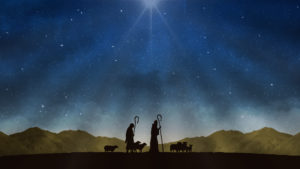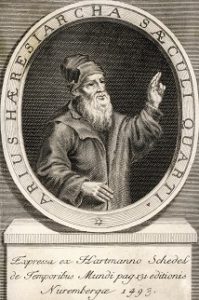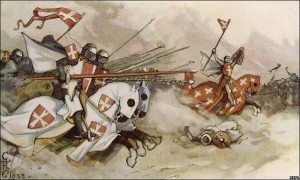This Christmas season, we invite everyone to reread and reconsider the Nativity story (Matthew 1:18-24; Luke 1:26-38, 2:1-20) from a fresh perspective. Since Christians are familiar with the birth narratives, we can sometimes take them for granted, missing key truths. So, take a few extra minutes this year, reread these amazing accounts and marvel at the lessons they reveal about God and our Savior, Jesus. Continue reading
Category Archives: Historical Background
Articles that provide important background information on Christianity and its development
Know Your Heresies
Many critics like to claim that the Christian faith we know today is not the earliest form of Christianity. Instead, they say there were many competing versions of Christianity in the first century—often with wildly diverging beliefs about God, Jesus, and salvation—that were all vying for supremacy. Over the centuries, the narrative goes, “orthodox” Christianity was the most aggressive form, suppressing all other forms and crowding them out. Therefore, they conclude, the Christian faith we know today is invalid. It just happened to be the “winner” among competing mythologies simply because its adherents were more aggressive, ruthless, and shrewd than those who followed other “Christianities.”
Three Points on Orthodoxy and Heresy
To put it simply, the narrative above is incorrect. Those who propagate it display an ignorance of history, an unwillingness to accept evidence, or a combination of both. When honestly assessing the history of Christianity, a few points become very clear: Continue reading
The Truth About The Crusades
In November of 1095 at Clermont, France, Pope Urban II gave an impassioned speech that led to the start of the First Crusade. It touched off a series of military actions that spanned more than two centuries, in which Christian knights—mostly of French and German origin—pushed into the Holy Land to do battle with the forces of Islam. Continue reading
Christianity 101
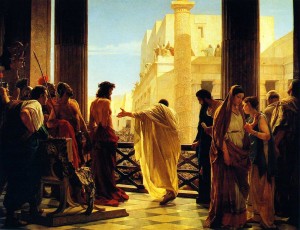
Antonio Ciseri’s depiction of Pontius Pilate presenting a scourged Christ to the people: Ecce homo! (Behold the man!). Painted 1871.
Christianity, in its broadest sense, is the world’s largest religion with over two billion followers. However, because of the many denominations and varying beliefs and traditions, the term can be confusing and often means different things to different people.
So, especially for those who are newly exploring the faith, it’s important to answer the question: “At its core, what is Christianity all about?” Continue reading
Romans, Jews, and Jesus
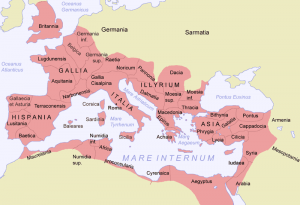
The Roman Empire in 117 A.D., about 84 years after Jesus’ crucifixion. Note the province of Judea, on the lower right side of the map, in roughly the same location as modern-day Israel.
If you want to understand Jesus and the early days of Christianity, then it helps to know about the world Jesus called home. In particular, it’s important to understand the political backdrop and the relationship between the Jewish people and the Roman Empire. That understanding will make the Jewish people’s ultimate rejection of Jesus and the Romans’ persecution of early Christians much easier to comprehend. So, we’ll try to cram hundreds of years of history into a few short paragraphs. Continue reading

